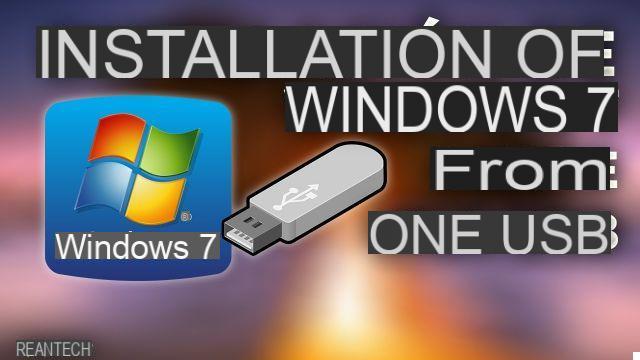
We have already seen in previous articles and guides how to install Windows on SSD disk or other types of hard disk by practically cloning them. In this article we want to see how install Windows on USB and then proceed with its installation on any computer!
When we talk about USB drives we are referring either to a USB internet key or to an external USB device (external memory disk that must be connected to the computer via USB).
First get a USB disk that has a capacity of at least 13 GB and that it is of good quality (certified by famous companies such as Kingston, IronKey, Spyrus, etc ..).
In addition to this you must also have the installation file of Windows 10, 8.1, 7 that you want to carry on a USB stick so that you can then install it on your computer. This file can be an ISO file or an ESD file.
Guide: How to Install Windows from USB (Windows 10, 8.1, 7)
In fact Windows has already foreseen the possibility of install WIndows from USB using the feature that is called WINDOWS TO GO. The problem is that this feature is only available to those who own a version of Windows 8 Enterprise Edition. However, below we show how to do this without having to have this version of Windows.
Step 1: Plug the USB drive into your computer and make sure it is correctly detected by your computer.
Step 2: Download, install and launch the tool Partition Assistant.
Step 3: Click on the left side on All the tools -> "Windows To Go Creator "
Step 4: On the next screen you can decide the type of USB drive to create. You will have two possibilities:
- Install a new OS on the USB disk using a system image file (iso or cd file)
2. Move the current system to the USB device and keep all data and software installed on the current system
Step 5: Choose the desired option and click on "NEXT". The program will warn you that the data on the USB drive will be erased.To back up your data you could use a free backup software, such as Aomei Backupper standard. After clicking on “Yes” the creation of the bootable USB disk with Windows 10/8 / 8.1 will start.
When the operation is complete, you can connect the bootable USB stick with Windows to any computer with any operating system. Then you have to enter the BIOS settings and change the firmware boot order by setting USB as the first disk. Then turn your PC back on and Windows 10/8 / 8.1 will boot
How to Install Windows from USB -


























